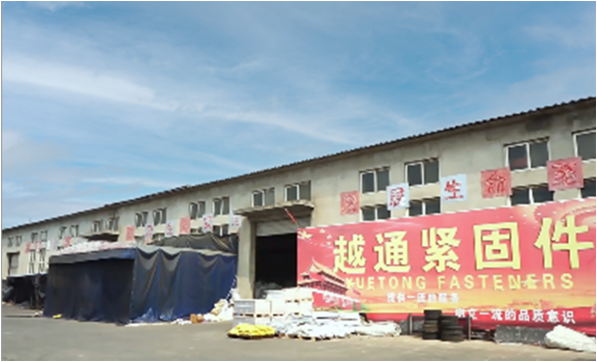Sep . 06, 2024 03:41 Back to list
Screwed Rod Sizes - Comprehensive Guide to Dimensions and Uses
When it comes to mechanical engineering and construction, the choice of materials and components can significantly impact the performance and durability of a project. One such essential component is the screwed rod, also known as a threaded rod or stud. These rods are used to connect or fasten multiple pieces together, providing stability and strength in various applications. The sizes of screwed rods can vary significantly, and understanding these dimensions is crucial for ensuring proper fit and function in any assembly.
Screwed rod sizes are typically defined by their diameter, length, and the type of threading. Diameters can range from a few millimeters to several inches, depending on the load requirements and the specific application. Common diameters include M6, M8, M10, and larger sizes like M12, M16, and beyond. The length of the rod may also vary widely, with standard lengths often found in catalogs, while custom lengths can be ordered based on project specifications.
The threading on screwed rods is another critical factor. The choice between coarse and fine threads can influence the rod’s load capacity and the ease of installation. Coarse threads are generally more robust and provide better grip in softer materials, while fine threads offer greater precision and are suitable for applications requiring fine adjustment. Understanding the thread pitch—the distance between threads—is essential for ensuring compatibility with nuts, washers, and other threaded components.
screwed rod sizes

In addition to standard metric sizes, there are also imperial sizes commonly used in certain regions, such as UNC (Unified National Coarse) and UNF (Unified National Fine) threads. This variance necessitates careful consideration when sourcing materials, especially in projects involving international standards or components.
It is also important to consider the material from which the screwed rod is made. Common materials include steel, stainless steel, and sometimes nylon or brass for specific applications. Each material offers different levels of corrosion resistance, tensile strength, and overall durability.
In conclusion, selecting the right screwed rod sizes involves considering factors such as diameter, length, threading, and material properties
. Adequate knowledge of these aspects ensures not only the structural integrity of the project but also enhances its overall performance and longevity. Whether in construction, automotive, or machinery industries, the right choice in screwed rod sizing is a key element in successful assembly and functionality.

